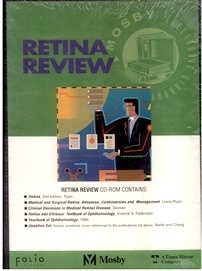Reseña o resumen
Measure joint range of motion with the manual that set the standard.
Here is all of the guidance you need to identify impairments successfully and assess rehabilitation status effectively.
Thoroughly updated and revised to reflect today's most current and complete research, the 5th Edition of this classic book retains the unique features that have set this manual apart as the reference of choice.
For each measurable joint in the body, you'll find a consistent, easy-to-follow format and exceptional photographs that depict range of motion and alignment, making it easy for you to visualize the examination and technique for each joint motion and muscle length test.
Key Features
Large, easy-to-interpret photographs and crisp, detailed illustrations that clearly show
Landmarks for goniometer alignment
Range-of-motion procedures with and without the goniometer
Muscle-length testing procedures
Range-of-motion and normative value boxes in each chapter
Coverage of bubble inclinometers and therabites
Detailed descriptions of normal end-feel patterns
Laboratory exercises and examples throughout
New to this Edition
Thoroughly updated and revised throughout to reflect the practice of goniometry today
Content on evidence supporting goniometry
Coverage of new equipment and apps used in clinical settings
Contents
I. Introduction to Goniometry
1. Basic Concepts
2. Procedures
3. Validity and Reliability
II. Upper Extremity Testing
4. The Shoulder
5. The Elbow and Forearm
6. The Wrist
7. The Hand
III. Lower Extremity Testing
8. The Hip
9. The Knee
10. The Ankle and Foot
IV. Testing of the Spine and Temporomandibular Joint
11. The Cervical Spine
12. The Thoracic and Lumbar Spine
13. The Temporomandibular Joint
Appendices
A. Normative Range of Motion Values
B. Summary Guides for Measuring Range of Motion
C. Joint Measurements by Body Position
D. Numerical Recording Forms

